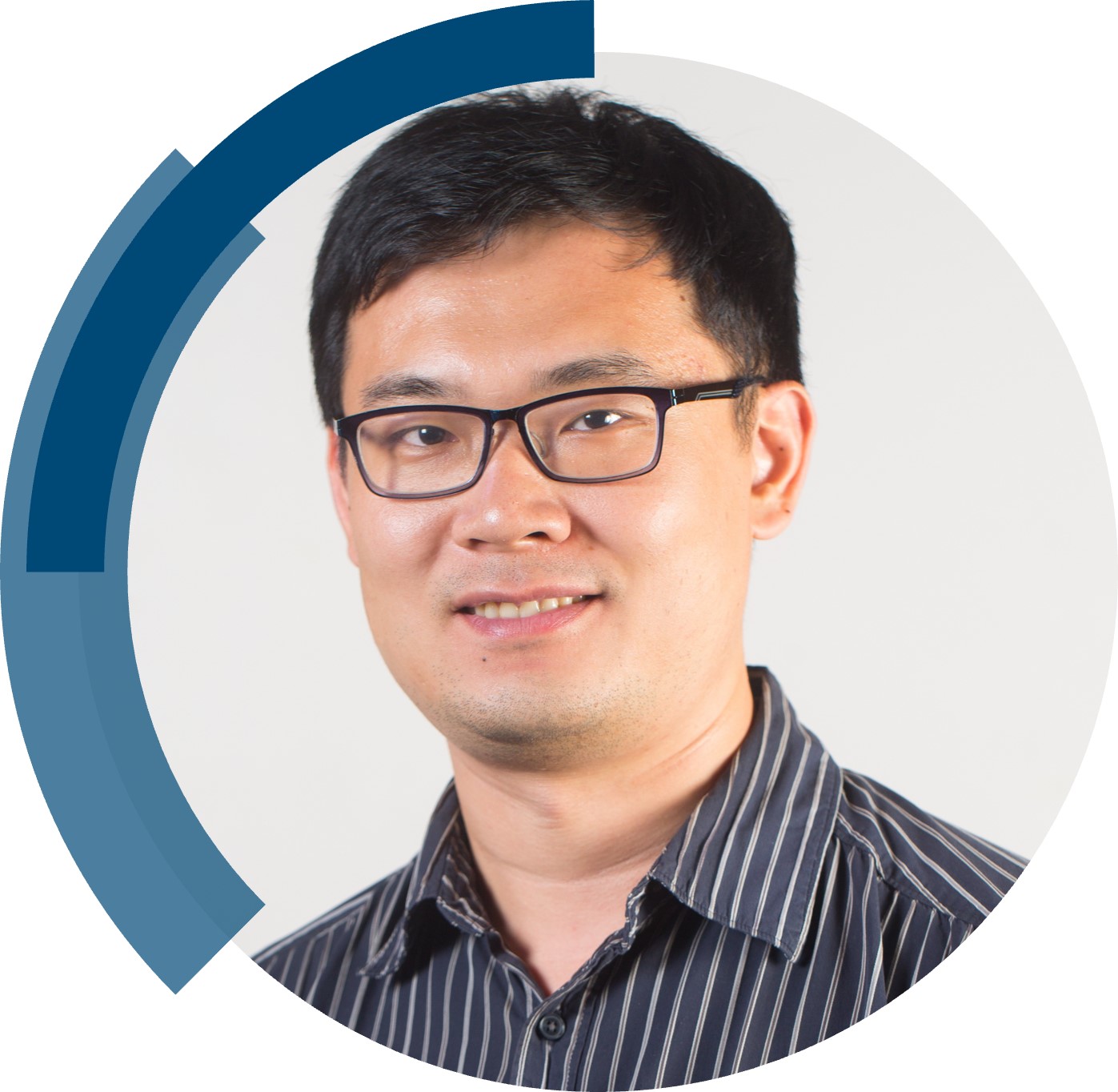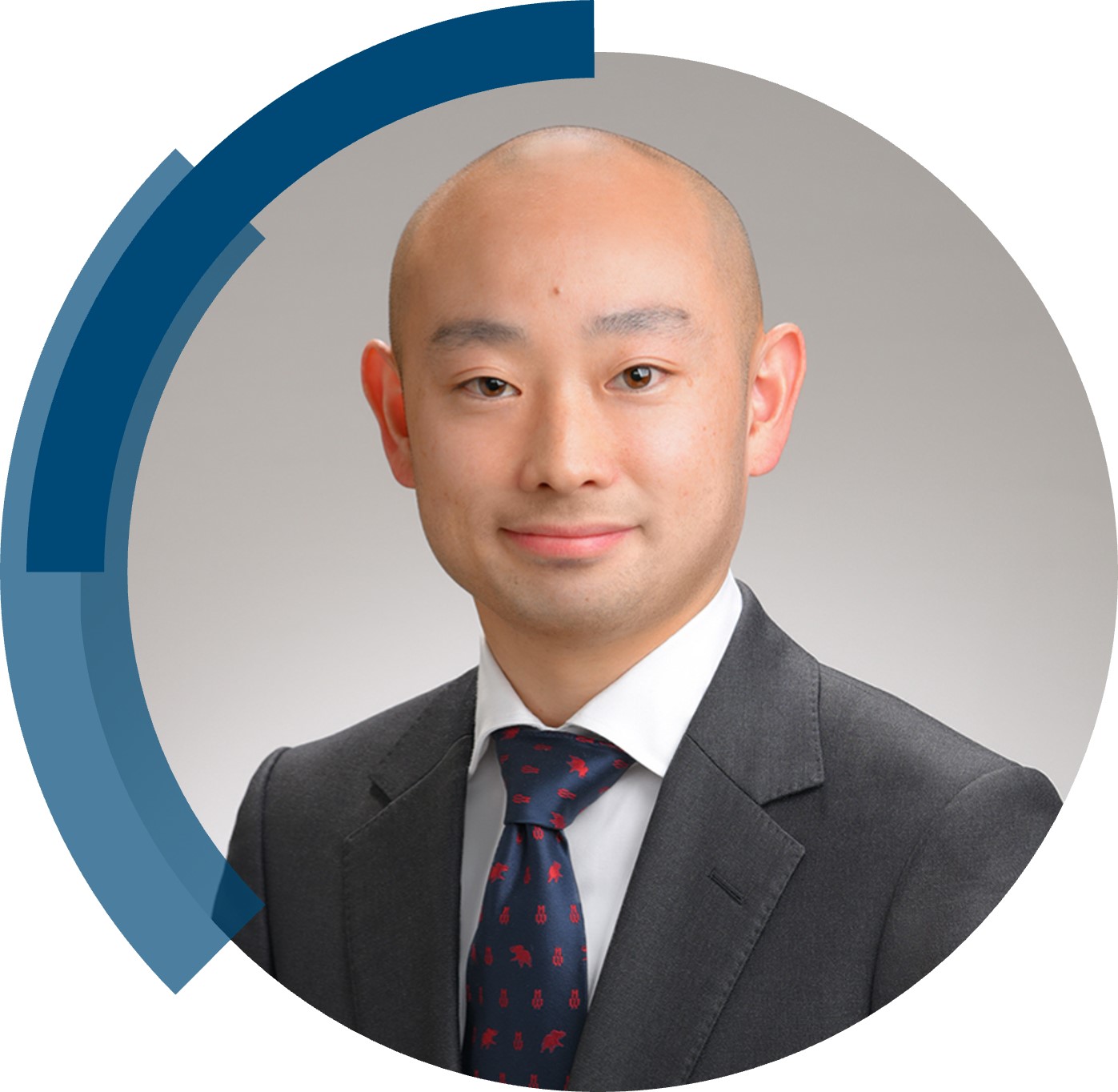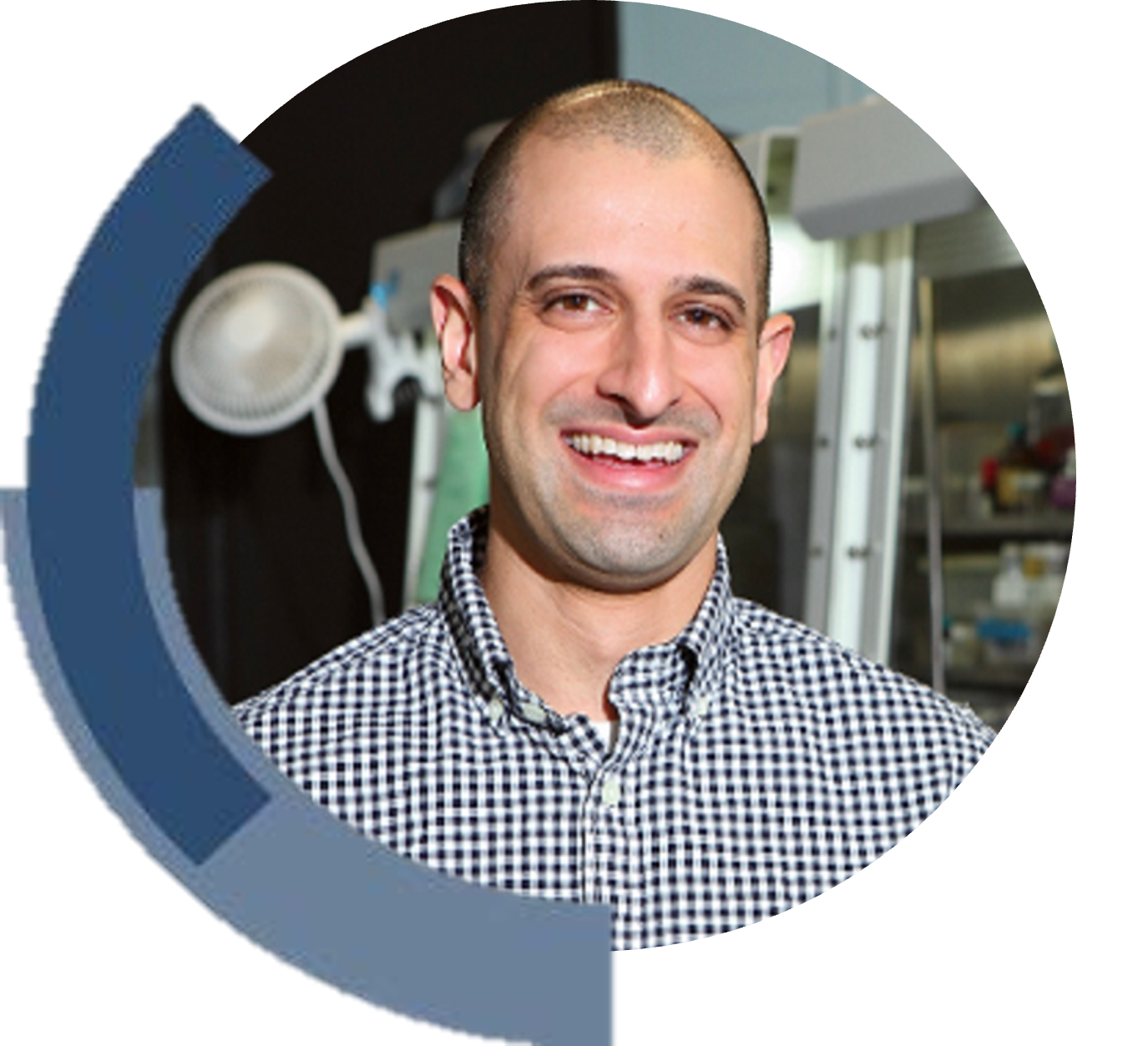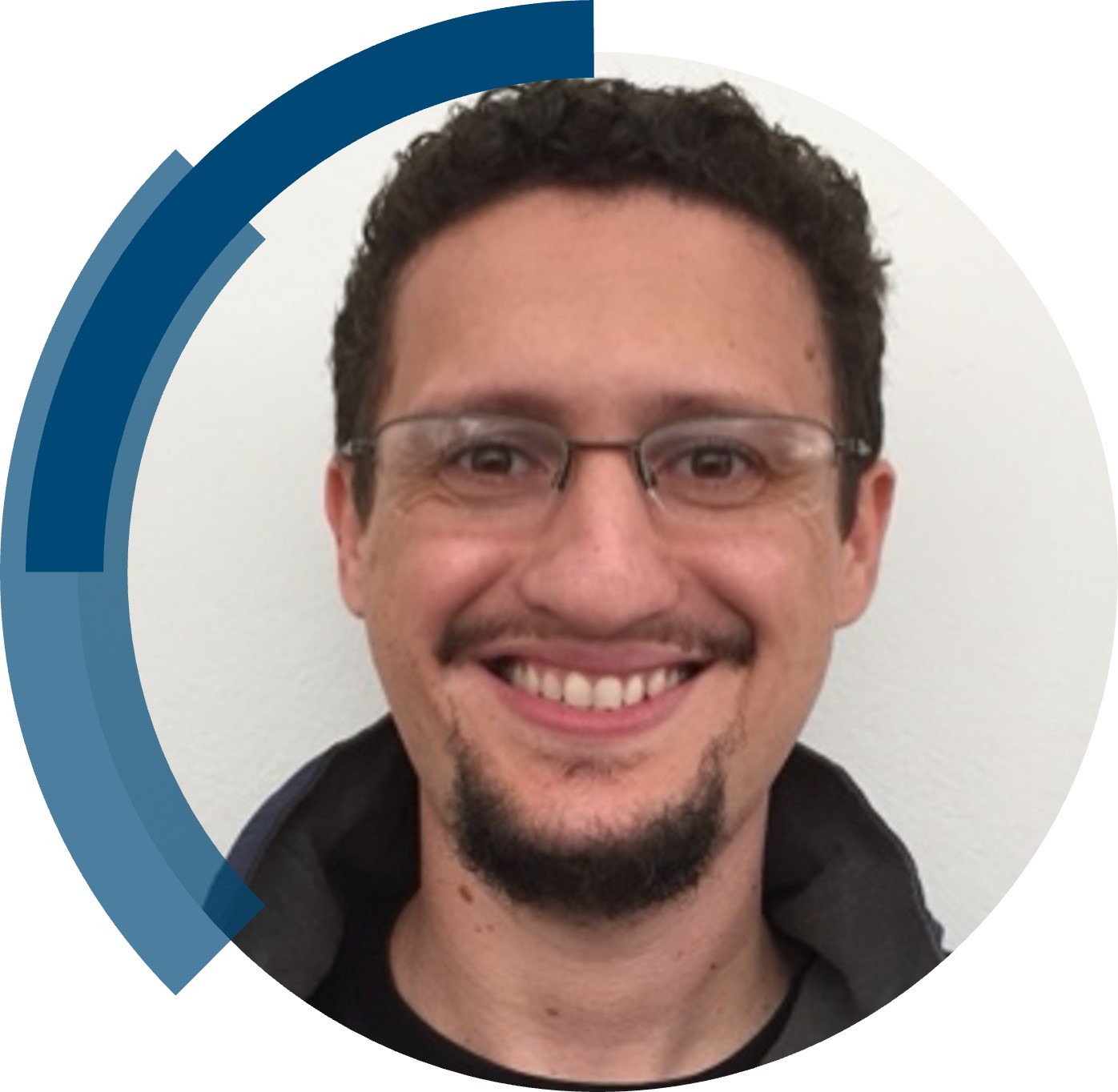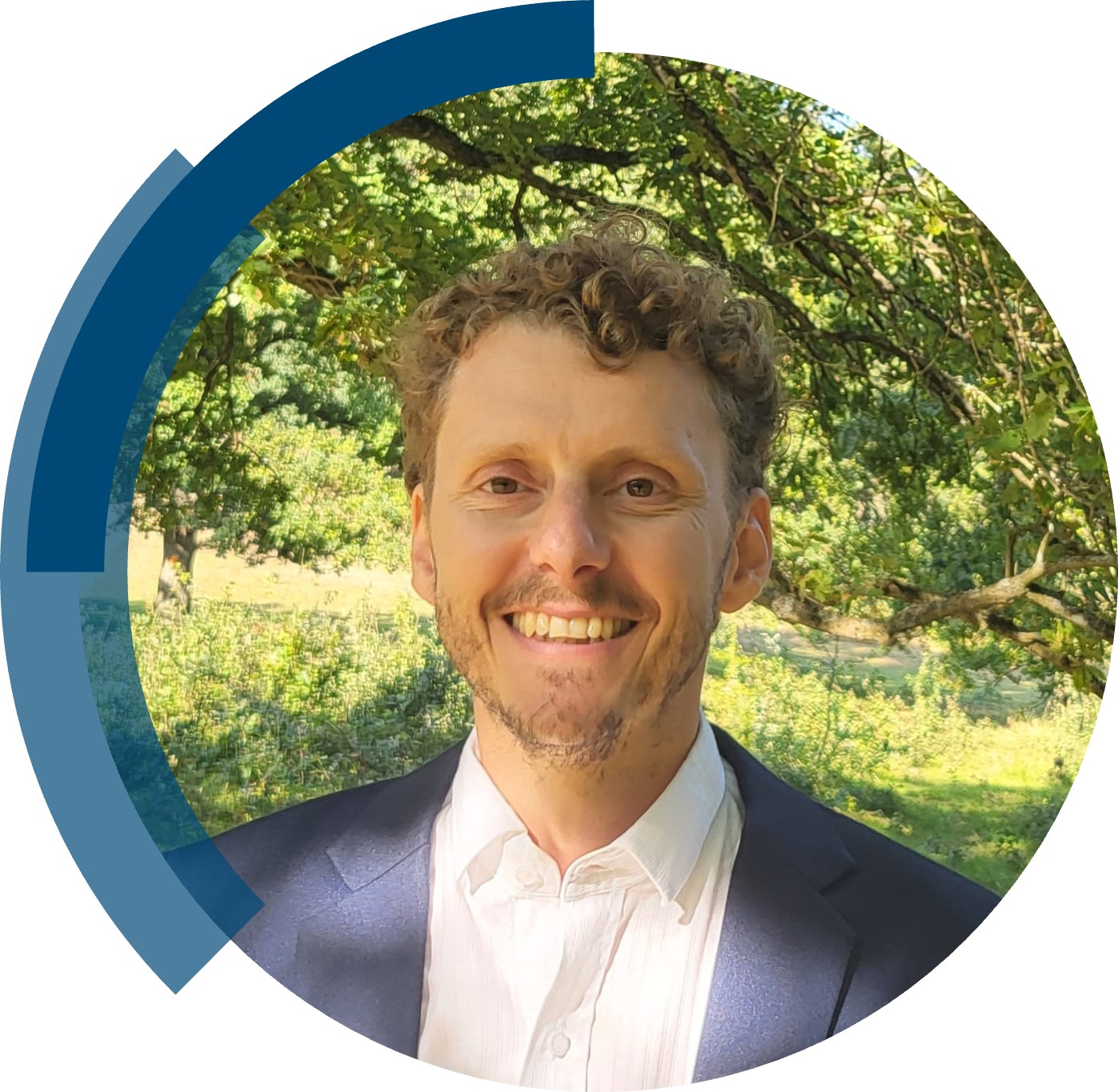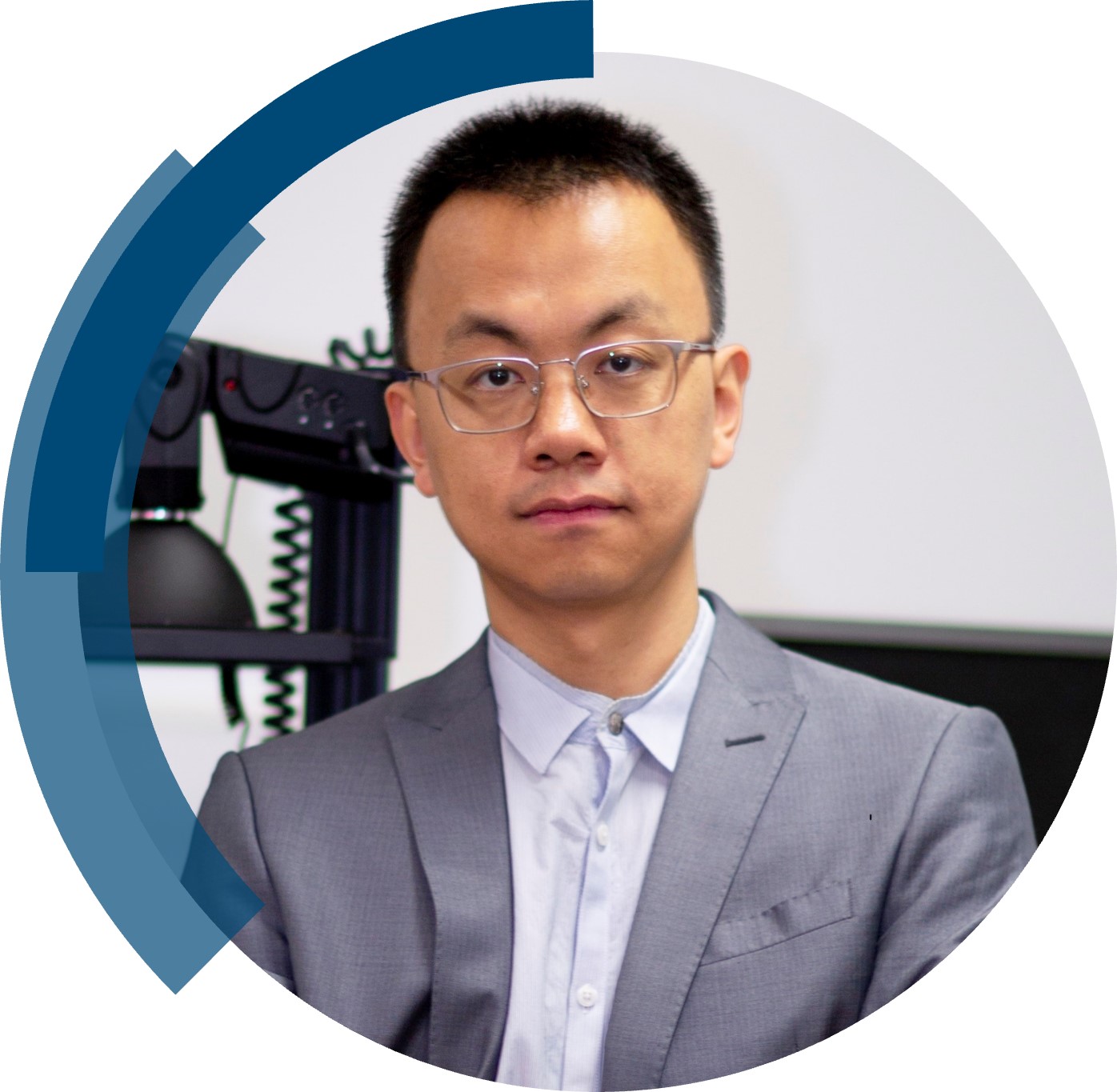ChemComm is publishing its 60th volume in 2024. Over the past 60 years, ChemComm has been the RSC’s most cited journal, and one of the most trusted venues for rapid publication of short communications. In our anniversary year, we recognise the important contributions ChemComm has made, and continues to make, in advancing the chemical sciences.
As part of our anniversary celebrations, we’ve brought together a collection featuring the latest research from some of our most loyal and dedicated authors. From those marking the beginning of their independent academic career by publishing their first article with us, to the rising stars and established leaders publishing in our yearly ‘Emerging Investigators’ and ‘Pioneering Investigators’ collections, this collection champions the contributions of our worldwide author community. We are proud many authors choose to support our journal by regularly publishing their best work with us. This collection also features papers from our ChemComm Emerging Investigator Lectureship winners, and our Outstanding Reviewer awardees, whose invaluable feedback has shaped our published content through the years.
To accompany the collection, we’ll be publishing interviews with contributing authors where they provide further insight into their research and reflect on their journey with ChemComm.
Check out our interview with Dr Mingxu You (University of Massachusetts Amherst, USA) below!
In what ways do you think ChemComm stands out among other journals in your field?
I think the long-history reputation and high-quality publications really make ChemComm a journal of choice for many chemists like me! Compared to many journals that become to prefer publishing long articles, ChemComm sticks to the focus on short 4-page communications, which ensures easy reading and publishing of new and urgent scientific discoveries.
How would you describe the peer review process and interaction with the editorial team at ChemComm?
I have enjoyed the quality of the review reports and speed of editing for my several papers published at ChemComm. I can tell the reviewers are real experts in the field who can provide in-depth comments on the significance and potential pitfalls of the work.
Are there ways in which the journal can further support and engage with future generations of scientists?
I was quite honored to be recognized as an Emerging Investigator by ChemComm three years ago. In addition to this honor, I have quite enjoyed the chance that ChemComm provided to present a webinar, which did attract the attention of many audiences throughout the world. I feel this kind of recognition and support, maybe also including even younger investigators like postdocs, can be highly appreciated by future generations of scientists.
Could you provide a brief summary of your recent ChemComm publication?
Our most recent ChemComm publication is a review paper about DNA-based nanoscale tools that can regulate cell membrane protein dimerization and/or oligomerization. This is an exciting emerging field with many recent progresses in the design of versatile DNA nanostructures and nanodevices that can very precisely modulate the distance, interaction patterns, and dynamics of different surface receptor proteins in situ in living systems. Starting with some in vitro demonstrations a decade ago, the field has now begun to demonstrate real in vivo functions and great biomedical potentials. I feel really excited and would like to have this review to encourage more people with diverse backgrounds of chemistry, molecular engineering, nanotechnology, and cell biology, etc., to join this emerging field of study.
Be sure to read Mingxu’s article, “DNA-modulated dimerization and oligomerization of cell membrane receptors” to learn more!



